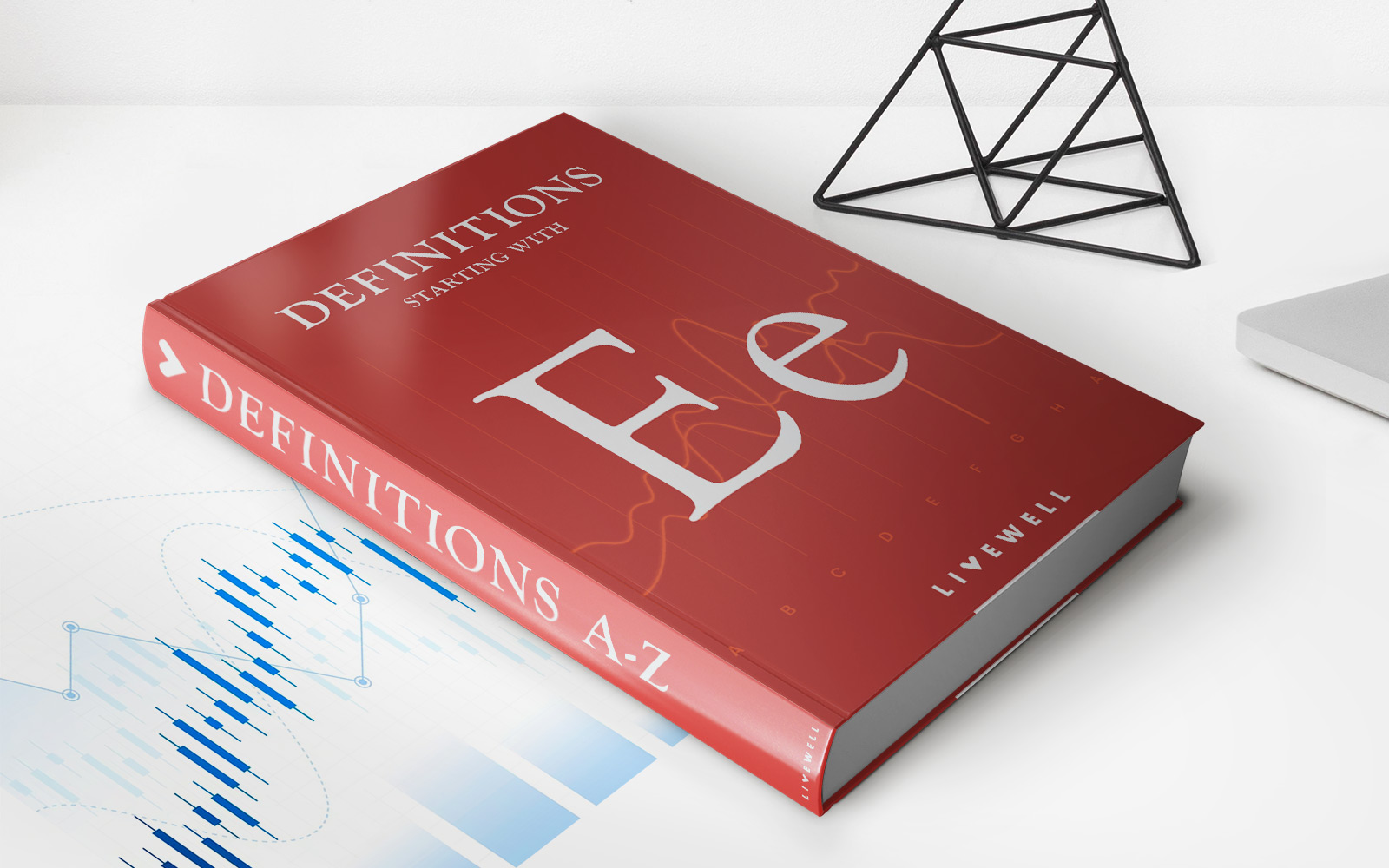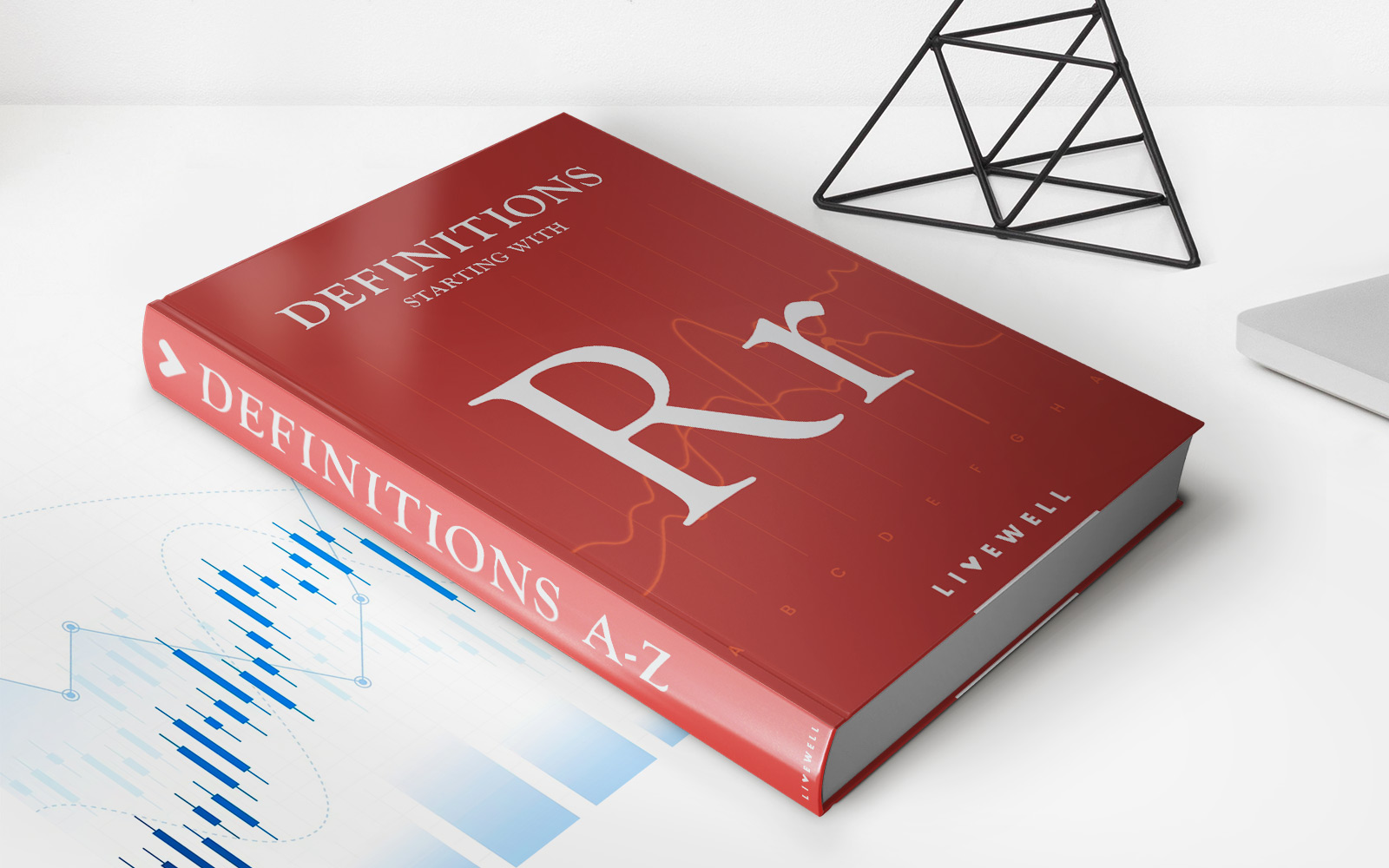Home>Finance>Constructive Receipt: Definition, How It Works, And Example


Finance
Constructive Receipt: Definition, How It Works, And Example
Published: November 1, 2023
Discover the definition, workings, and example of constructive receipt in finance. Understand how this concept plays a crucial role in financial transactions.
(Many of the links in this article redirect to a specific reviewed product. Your purchase of these products through affiliate links helps to generate commission for LiveWell, at no extra cost. Learn more)
Understanding Constructive Receipt in Finance
When it comes to managing your finances, understanding key concepts is crucial. One such concept that often comes up in financial conversations is constructive receipt. But what exactly does constructive receipt mean? How does it work? And most importantly, what are the real-life examples that can help you grasp this concept better? In this blog post, we’ll delve into the world of constructive receipt and provide you with a comprehensive understanding of its definition, how it works, and an example to illustrate its application in finance. So, let’s dive in!
Key Takeaways:
- Constructive receipt is a financial concept that refers to the recognition of income or funds when they become accessible or available for an individual, even if they haven’t physically received the money or property yet.
- It is an important principle in tax law and helps determine when income should be reported and taxed.
Defining Constructive Receipt
Constructive receipt is a term used in finance to describe the recognition of income or funds, even if the individual hasn’t physically received them yet. In simpler terms, it refers to the point at which income becomes accessible or available for an individual, regardless of whether they have actually received the money or property. This concept is vital in tax law as it helps determine when income should be reported and taxed.
Imagine you provide a service and your client sends you a check at the end of the year. According to the principles of constructive receipt, you should include that income in your tax return for the current year, even if you haven’t cashed the check yet. The key point to remember is that the money is accessible and under your control, which is what counts in terms of constructive receipt.
How Does Constructive Receipt Work?
Understanding how constructive receipt works is crucial for accurate financial reporting and tax compliance. Here’s a step-by-step breakdown of how constructive receipt operates:
- Availability: The income or funds must become accessible or available to the individual. This could be through direct payment, electronic transfer, or other means that give the individual control over the money or property.
- Control: The individual must have control over the income or funds. Even if they haven’t physically taken possession of the money or property, as long as they can exercise control or have the right to receive it, constructive receipt applies.
- Recognition: Once the income or funds meet the criteria of availability and control, it is considered constructively received and should be reported as income, typically in the year it becomes accessible.
It’s important to note that constructive receipt doesn’t apply to situations where an individual has legally waived their right to receive the income or funds. Additionally, any income that is subject to a substantial restriction is not considered constructively received until the restriction is lifted.
Example of Constructive Receipt
Let’s illustrate the concept of constructive receipt with an example:
Suppose you are a freelance graphic designer and you completed a project for a client in December. Your client mails the check payment to you on December 30th, but you don’t receive it until January 5th of the following year due to postal delays. According to constructive receipt principles, you still need to report the income in your tax return for the current year because the check was available and under your control in December, even if you physically received it in January.
Final Thoughts
Constructive receipt is an important concept in finance, particularly in tax law. Understanding when income is considered constructively received is crucial for accurate financial reporting and tax compliance. By following the principles of availability, control, and recognition, individuals can ensure that they report their income correctly. So, next time you come across the term “constructive receipt,” you’ll have a clear understanding of what it means and how it applies to your financial situation.














